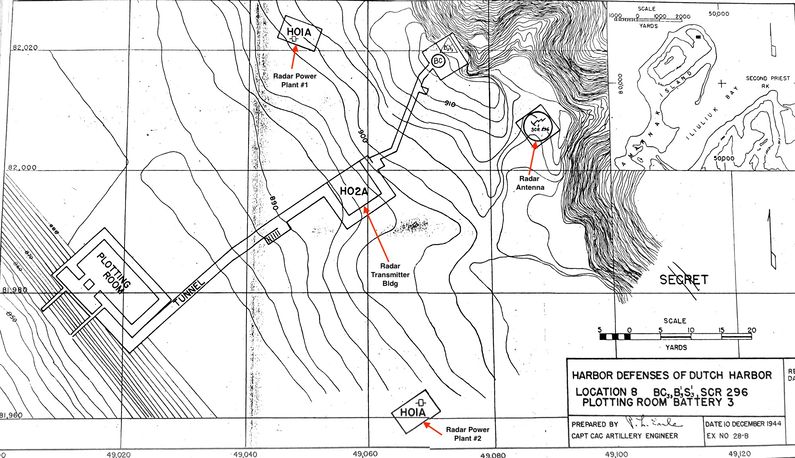Ulakata Head WWII Radar Site (2)
|
Ulakata Head WWII Radar Site (2) (1943-1946) - A World War II U.S. Army Radar Site established in 1943. Used to provide fire control information to large caliber (6" and above) coastal gun batteries in the Harbor Defense of Dutch Harbor against enemy warships. Located on Fort Schwatka on Amaknak Island near Dutch Harbor, Aleutians West Census Area, Alaska. Closed in 1946.
HistoryPart of the Harbor Defense of Dutch Harbor.
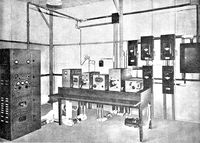 Constructed under and transferred for use at Ulakta Head. The physical plant consisted of a transmitter building, two powerhouses each with a 1000 gallon fuel tank, and an antenna housing disguised as a Water tank. No tower was provided. The transmitter building was a prefabricated steel unit furnished by the Signal Corps. The buildings and the antenna were placed on concrete pads and footings installed by the Corps of Engineers who erected all of the structures. The two power buildings were not the standard prefab buildings used in the lower 48 but were Quonset like structures with concrete faces. The elevation of the ground at the antenna site was 896 feet and the antenna elevation on the platform was 904 feet. The radar equipment was installed by the Signal Corps. It required 16.3kW of 120/240 AC, 1 phase, 60 cycle power furnished by base power backed up by the two on-site generators. The two 25 kW generators were furnished and installed by the Signal Corps.
Site Operation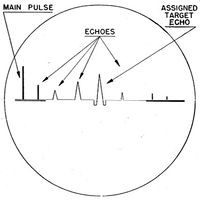 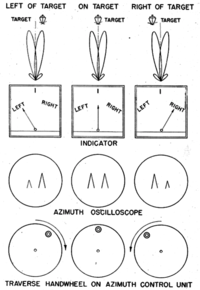 In operation, the SCR-296-A radar could only track one target at a time. Target assignments were made from the harbor HECP/HDCP command posts by telephone, citing the approximate range and azimuth of the target using the SCR-582/SCR-682 search radar and/or optical spotters. The SCR-296-A radar operators would then find the target and pass the precise range and azimuth to the plotting room at the gun battery by phone. Two operators were required, one for the range position and one for the azimuth position. The radar operators would continue to track the target and update the plotting room as the range and azimuth changed. Once the shore battery fired, the SCR-296-A could detect the water splashes of near misses and provide adjusting information by voice commands such as "300 short" or "500 long". 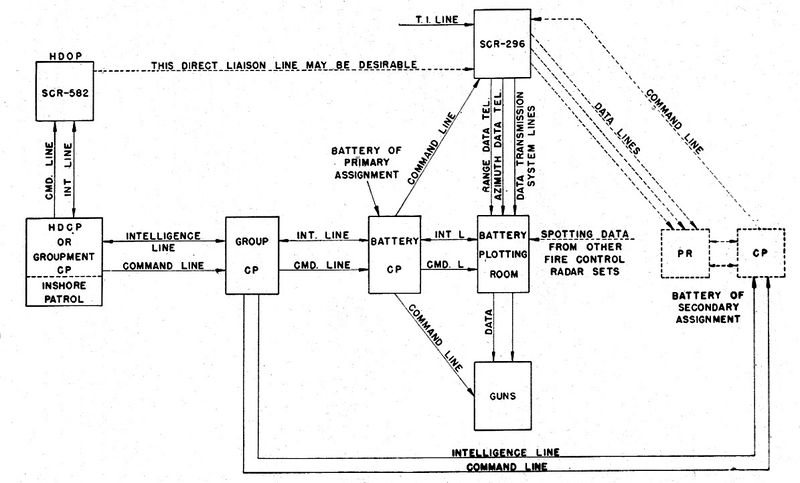 In operation, the range accuracy was about ± 30 yards while azimuth accuracy was about ± 0.20 degree under the best conditions. The set had a dependable range of 20,000 yards on a destroyer size target when properly sited between 150 to 500 feet above sea level. The operating crew consisted of 5 men plus a power plant operator and radar maintenance man. 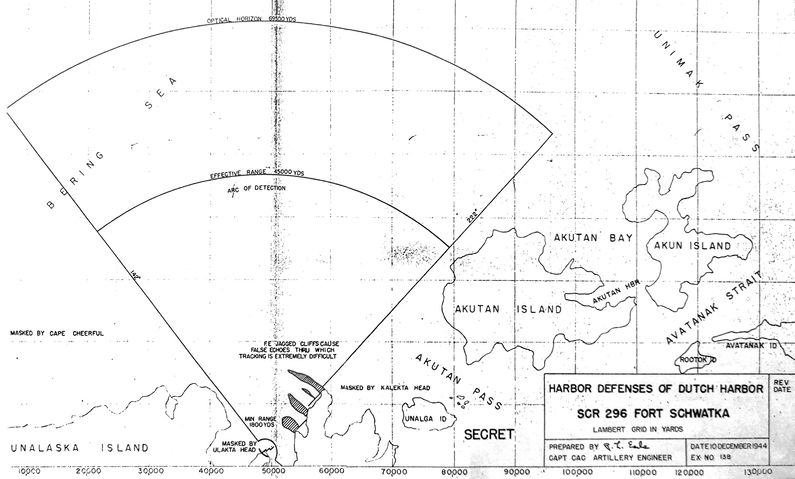 The Radar track data was provided by telephone to a nearby plotting room in support of Battery 402 as the primary battery and to secondary Battery 298. Battery 298 was a 6" gun battery located on Fort Learnard.
ClosureClosed by 1946. The SCR-296-A Radar equipment was declared obsolete by AG letter on 17 Jan 1946. The radar equipment was to be disposed of while the buildings were to be retained. Current StatusVisible remains include the transmitter building, antenna support base and concrete protions of the two power generator buildings. The concrete BC Station is nearby. A tunnel connected the BC Station to the Transmitter Building below and continued down to the Plotting Room. Pictures from 2004 indicate that the Transmitter Building walls were still standing but that the roofing was gone and that the interior was exposed to the weather. Most of the wooden portions of the tunnel were collapsed.
See Also:
Sources:
Links:
Visited: No
| |||||||
